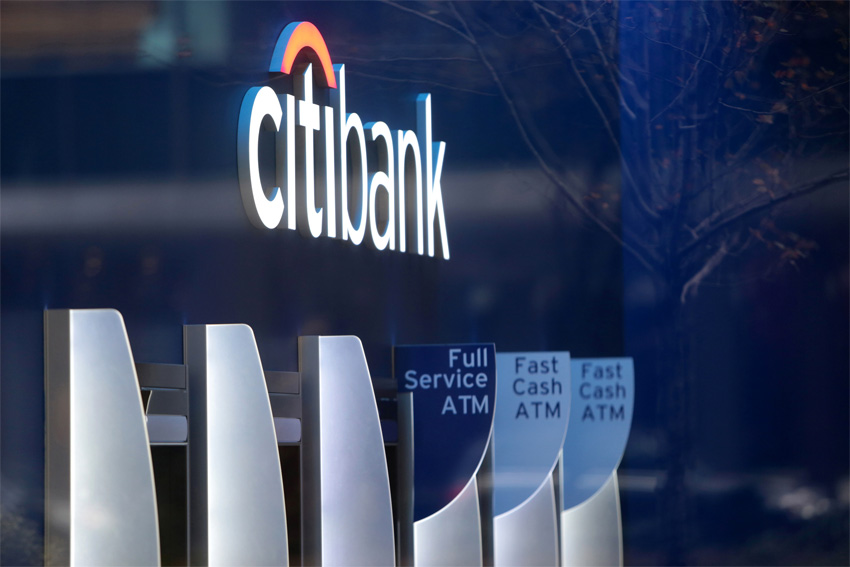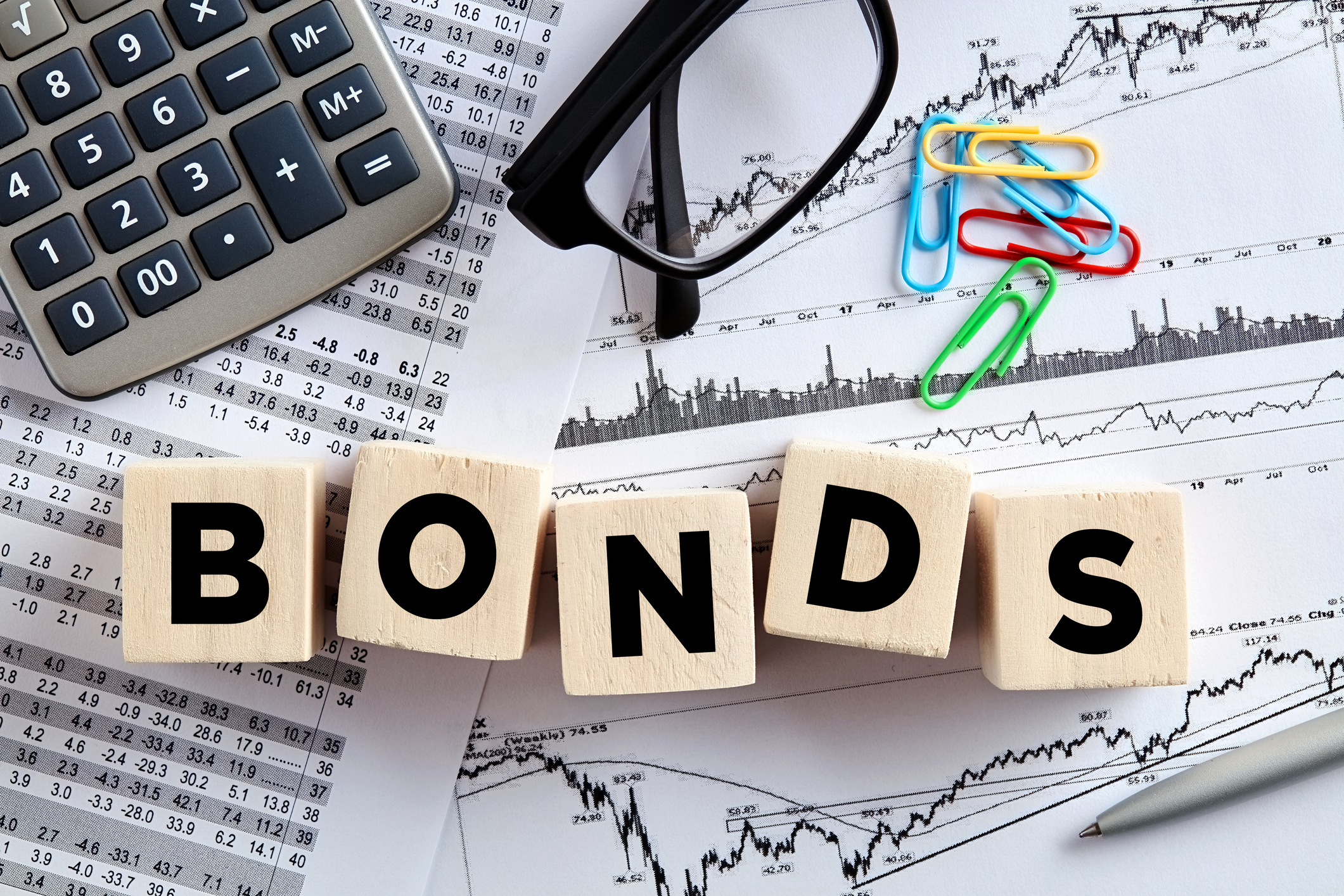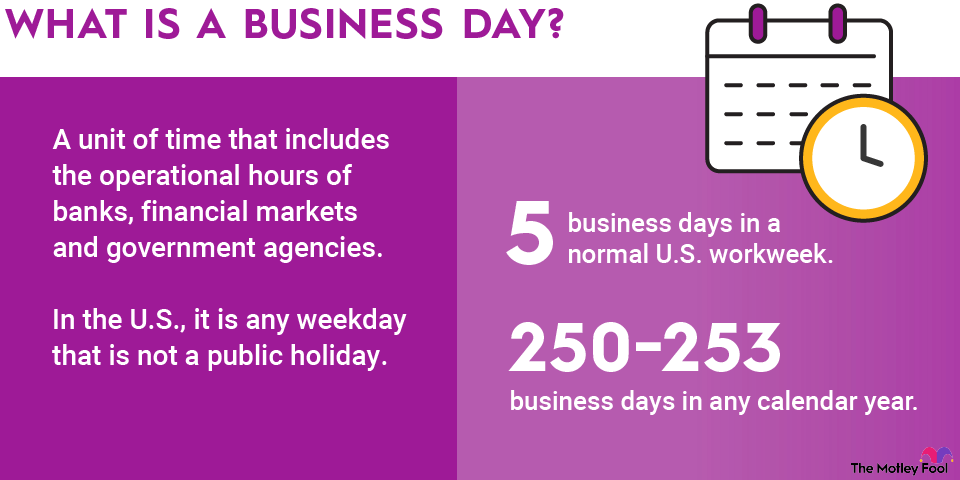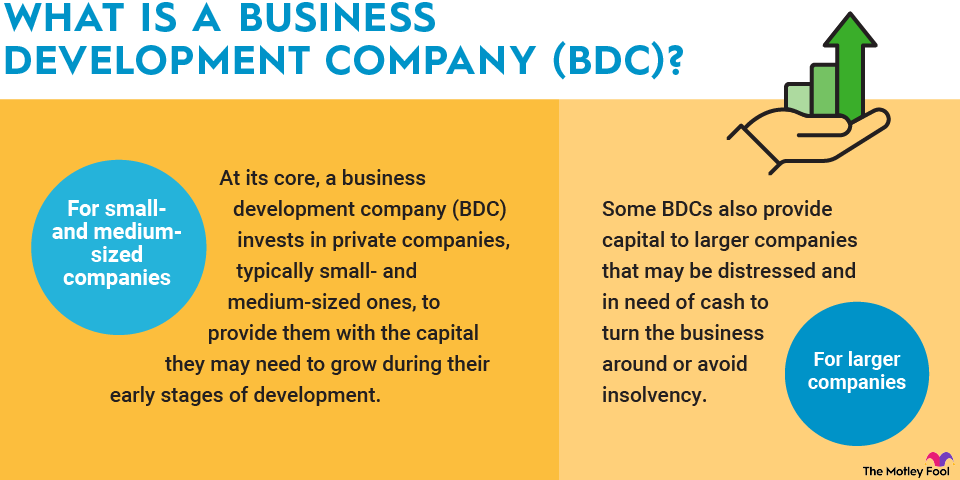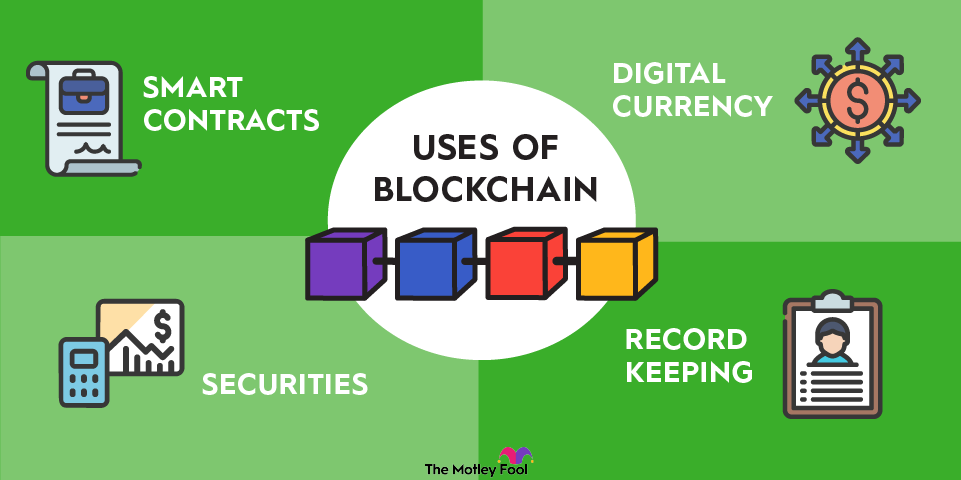If you’ve ever looked up a stock quote, you’ve probably seen bid and ask prices. The bid price is the price investors are willing to pay for an asset. The ask price is the price at which investors are willing to sell the asset. The spread represents the difference between the two prices.
Bid and ask defined
Bid and ask is a two-point price quotation that shows you the best price investors are willing to offer for a transaction. The bid is the highest price buyers are willing to pay for a financial security, such as a stock, at a given point in time. The ask is the price at which the investor is willing to sell the security. A bid price is almost always lower than an ask price.
The difference between bid and ask is called the bid-ask spread. If a stock’s bid price is $20 and the ask price is $20.10, the bid-ask spread is $0.10.
When you place a market order, you’re agreeing to buy at the next available ask price or sell at the next available bid price. The order goes through as long as there’s a bid (if you’re a seller) or an ask (if you’re a buyer).
But a limit order is only fulfilled if the bid or ask price hits a specified threshold. Suppose you’re trying to sell your shares of Company A, but you place a limit order specifying an ask price of $20 a share. If the bid price is only $19.99, your order won’t go through.
Example of bid and ask
Here’s an oversimplified example of how bid and ask works. Suppose you want to buy 100 shares of a publicly traded company called Bluth’s Bananas. You see the bid price of $10 and an ask price of $10.02. If you’d placed a buy order with your broker, you’d pay the ask price of $10.02, which means you’d pay $1,002 for 100 shares instead of the $1,000 you’d have paid at the bid price.
A market maker immediately sells you those shares but only pays the bid price of $10 per share to the investor who’s selling 100 shares of Bluth’s Bananas. The other investor receives $1,000 instead of $1,002, and the market maker keeps the $2 difference.
In the end, the minimal bid-ask spread probably doesn’t make a huge difference to you or the seller. The market maker facilitated an efficient transaction for both of you, so you aren’t worried about $0.02 per share. But you can also see how market makers earn huge amounts of money, given the volume of transactions they handle each trading day.

